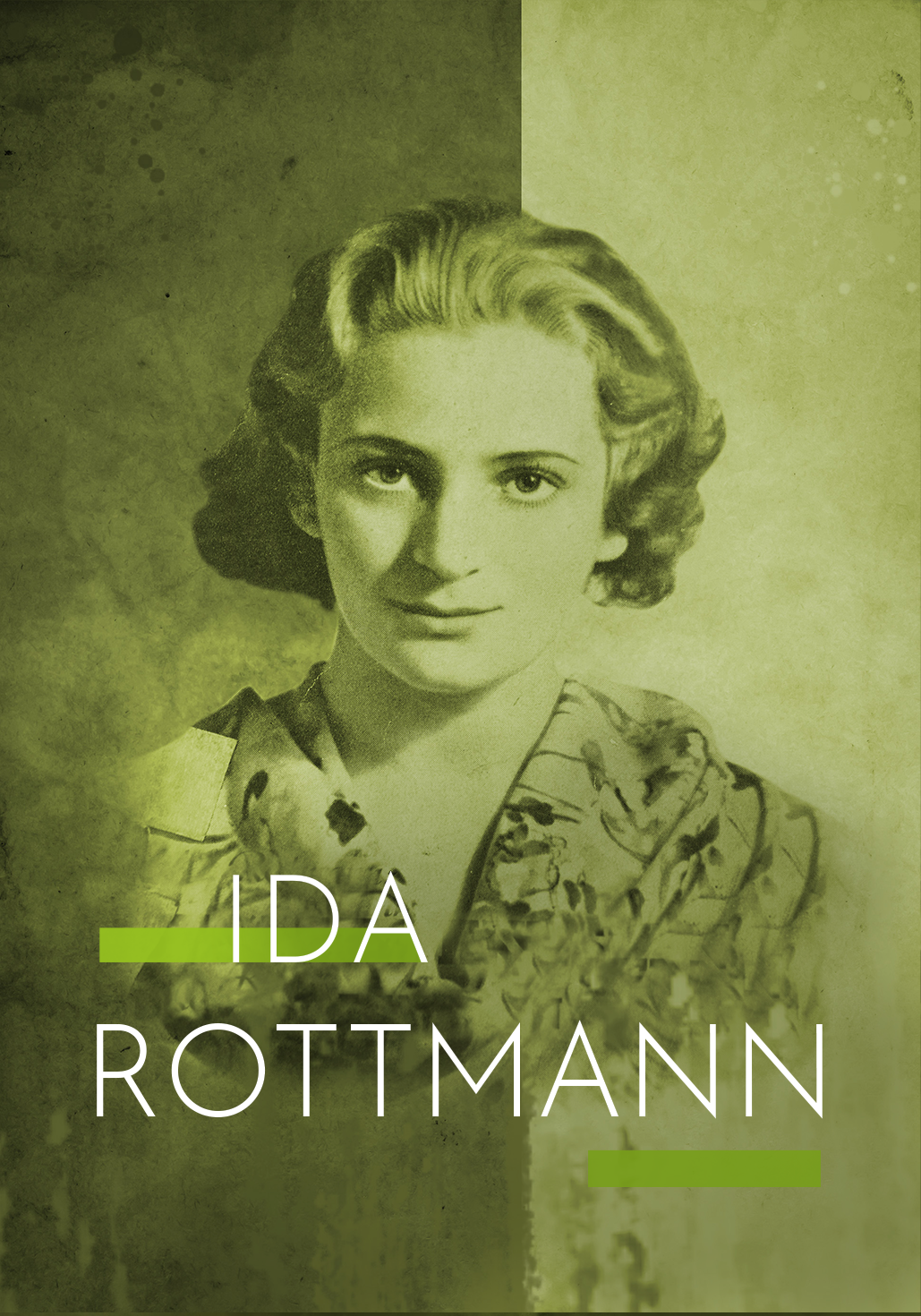23 V 1916 Kristiania (Oslo) – 1 XII 1942 KL Auschwitz-Birkenau
Biography
Ida Rottmann was a writer and actor. She described her struggles as a working-class actor in a collection of autobiographical short stories.
She was born in Kristiania (modern-day Oslo) in 1916 as the first child of the Jewish couple, Sara Schiffer-Ganz and Max Wulff Rottmann, both originally from Lithuania. Her brother, Leopold, was born a year later. Her parents divorced shortly after, and Ida and her brother grew up with their mother and grandparents in poverty in a working-class neighborhood on the east side of Oslo. Ida Rottmann dreamed of becoming an actor, and at the age of 18, she was accepted as a student at Nationaltheatret, Norway’s national theater, where she trained from 1934 to 1937.
In the latter year of her apprenticeship, she performed in three supporting roles, including a production of Kongen (‘The King’) by Bjørnstjerne Bjørnson and Nederlaget (‘The Defeat’) by Nordahl Grieg. She also appeared in three different films in the same year: a film adaptation of Gabriel Scott’s novel Fant (‘Tramp’) followed by two films funded by the Norwegian trade union and labor party.
In the spring of 1939, on her own initiative, she booked The University of Oslo’s Aula in order to perform in Bernhard Shaw’s demanding play Jeanne d’Arc. It was the last time she was on stage. In 1939, Ida Rottmann published an autobiographical collection of short stories, Største kunsten dog påegne ben å stå (‘The Greatest Art However Is to Stand on Your Own Two Feet’), in which she dealt with the power and generational struggles at the national theater, and the alienation she experienced as a young theater student with a working-class background.
Six months later, Norway was occupied by the Nazis. 773 Jews were deported from Norway, only 35 men survived. When Ida Rottmann completed the Nazi collaboration regime’s “Questionnaire for Jews in Norway” in 1942, she gave her occupation as “secretary”. For her profession, however, she entered “actress”. In August of the same year, she married Elias Gorvitz, a Norwegian Jew. Three months later they were both deported on the ship SS Donau. Ida Gorvitz was murdered in the gas chamber on her arrival at Auschwitz-Birkenau, aged 26 and in her sixth month of pregnancy.
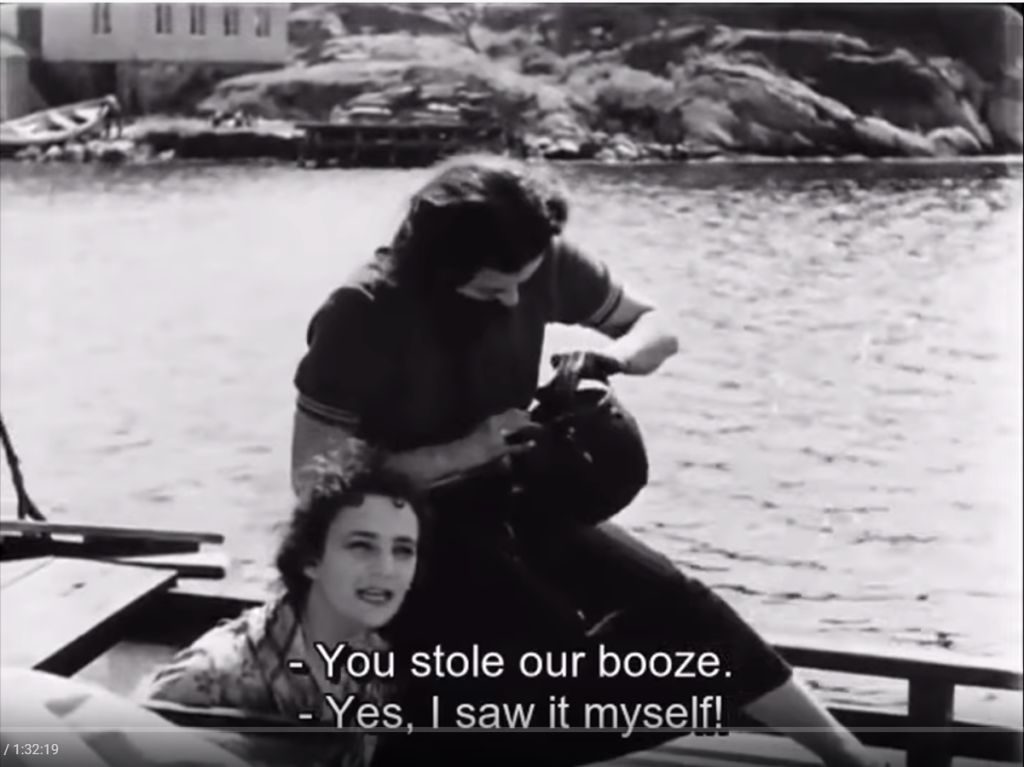
Ida Gorvitz Rottmann in einer Filmrolle. Aus der Sammlung des Jüdischen Museums in Oslo
Ida Gorvitz Rottmann in einer Filmrolle. Aus der Sammlung des Jüdischen Museums in Oslo
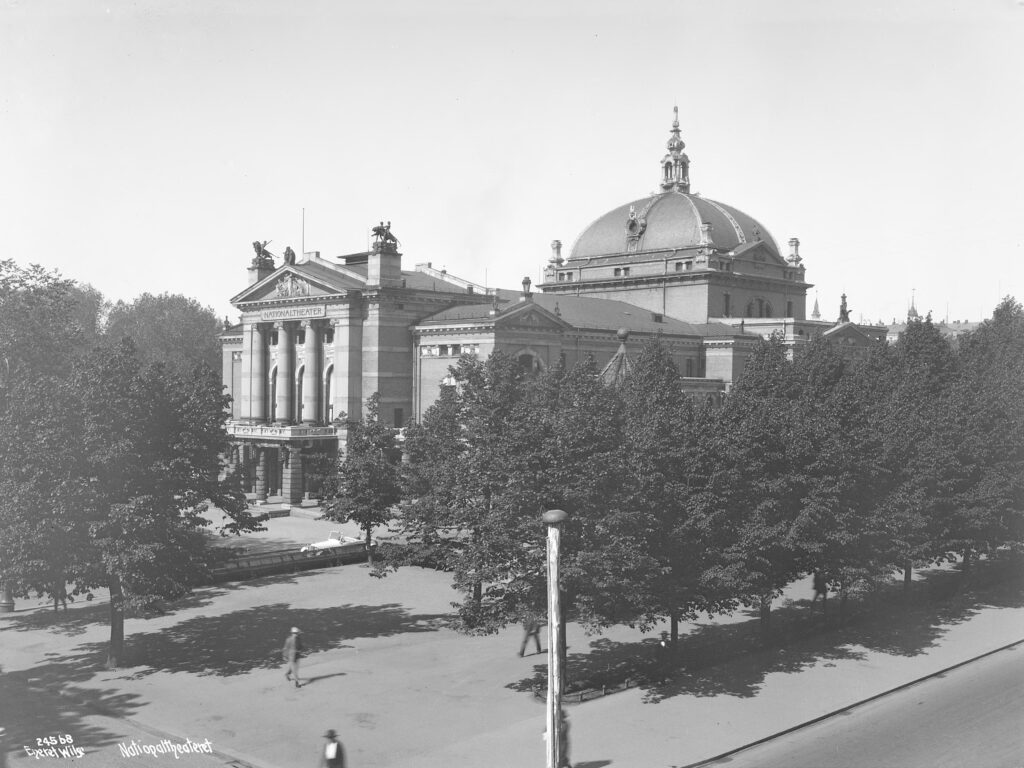
The National Theater of Norway, where Ida Gorvitz was educated as an actress (Public Domain)
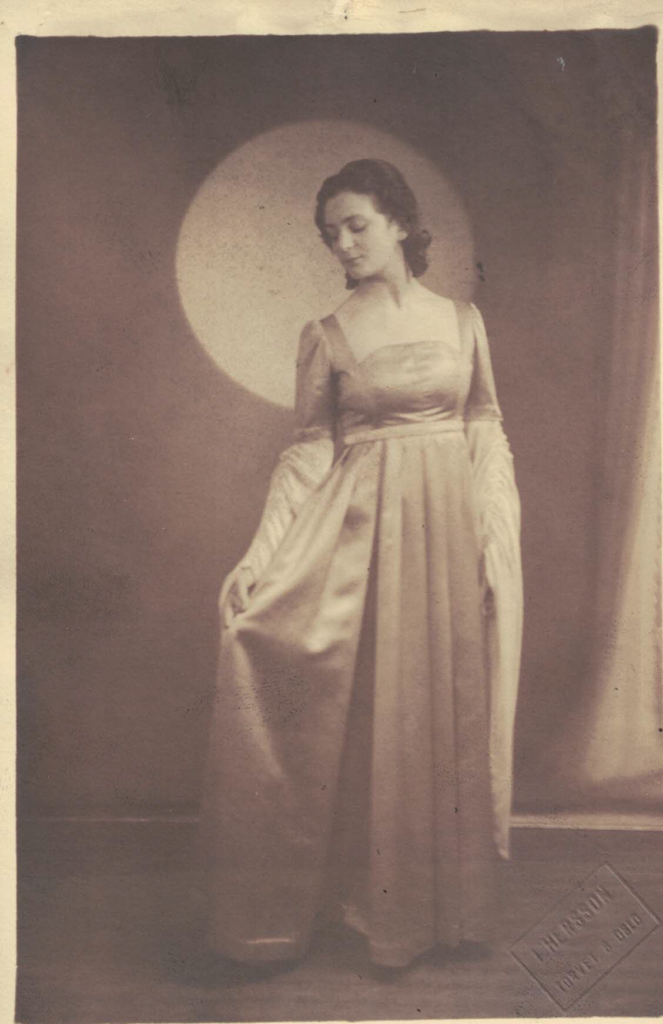
Ida Gorwitz as Jeanne d’Arc at the National Theatre in Norway.
Courtesy of Irene Stohn
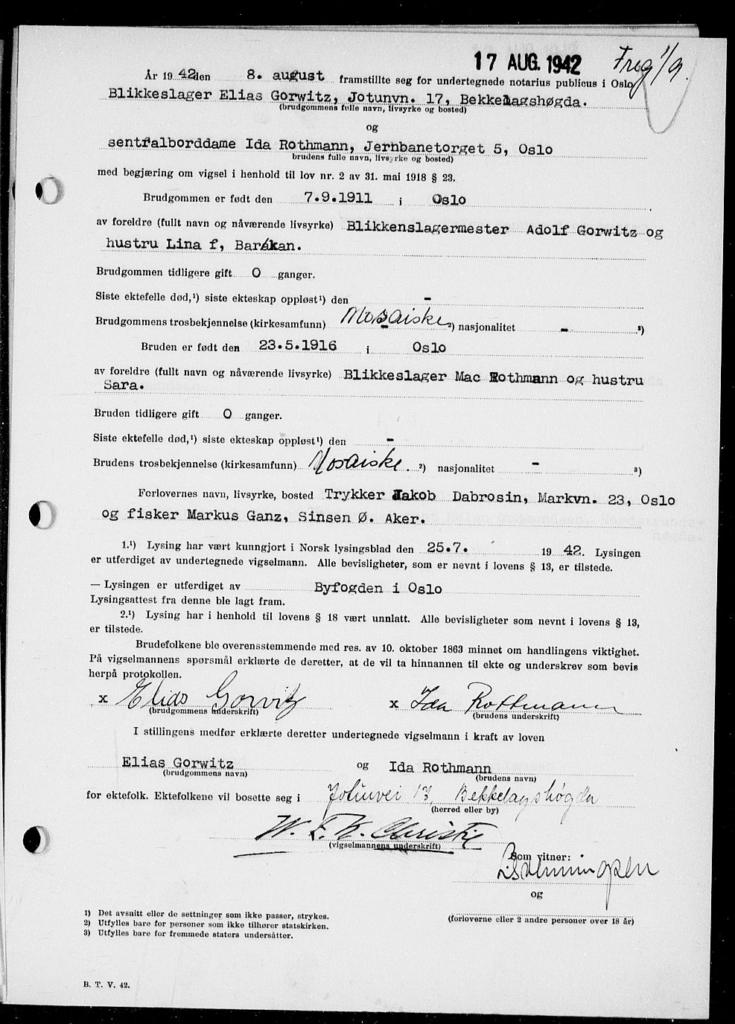
Marriage certificate of Ida Rottmann. From the collection of Oslo Jewish Museum
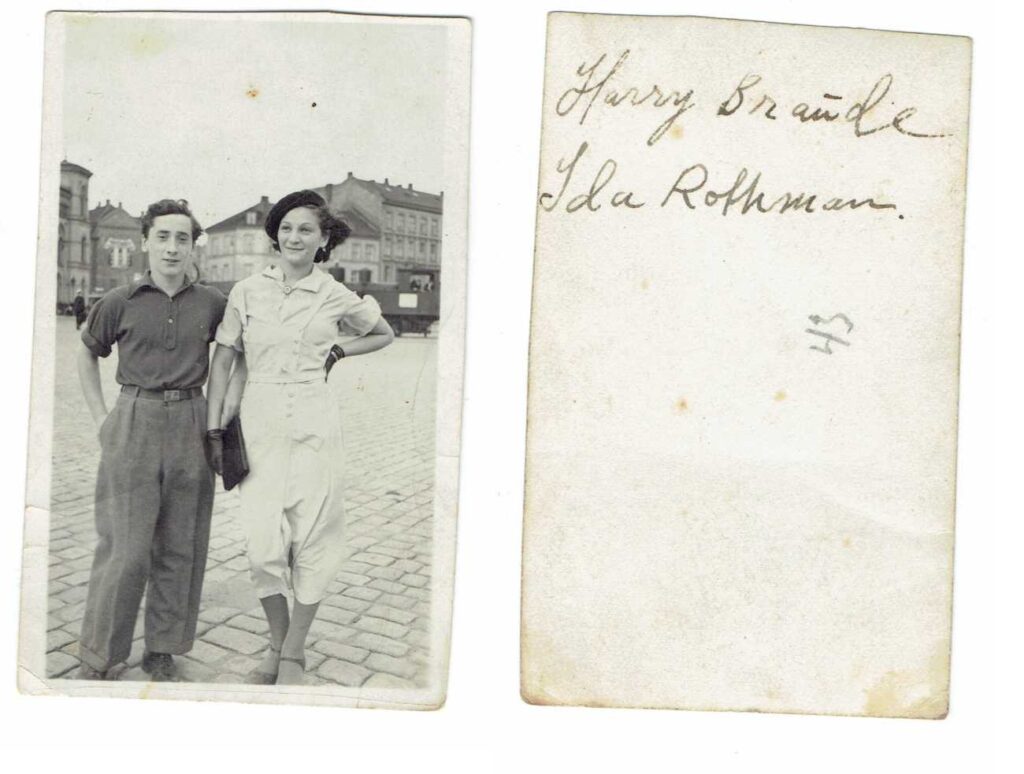
Ida Rottmann with actor Harry Braude, who also died in the Holocaust. From the collection of Oslo Jewish Museum
Ida Rottmann was a writer and actor. She described her struggles as a working-class actor in a collection of autobiographical short stories.
She was born in Kristiania (modern-day Oslo) in 1916 as the first child of the Jewish couple, Sara Schiffer-Ganz and Max Wulff Rottmann, both originally from Lithuania. Her brother, Leopold, was born a year later. Her parents divorced shortly after, and Ida and her brother grew up with their mother and grandparents in poverty in a working-class neighborhood on the east side of Oslo. Ida Rottmann dreamed of becoming an actor, and at the age of 18, she was accepted as a student at Nationaltheatret, Norway’s national theater, where she trained from 1934 to 1937.
In the latter year of her apprenticeship, she performed in three supporting roles, including a production of Kongen (‘The King’) by Bjørnstjerne Bjørnson and Nederlaget (‘The Defeat’) by Nordahl Grieg. She also appeared in three different films in the same year: a film adaptation of Gabriel Scott’s novel Fant (‘Tramp’) followed by two films funded by the Norwegian trade union and labor party.
In the spring of 1939, on her own initiative, she booked The University of Oslo’s Aula in order to perform in Bernhard Shaw’s demanding play Jeanne d’Arc. It was the last time she was on stage. In 1939, Ida Rottmann published an autobiographical collection of short stories, Største kunsten dog påegne ben å stå (‘The Greatest Art However Is to Stand on Your Own Two Feet’), in which she dealt with the power and generational struggles at the national theater, and the alienation she experienced as a young theater student with a working-class background.
Six months later, Norway was occupied by the Nazis. 773 Jews were deported from Norway, only 35 men survived. When Ida Rottmann completed the Nazi collaboration regime’s “Questionnaire for Jews in Norway” in 1942, she gave her occupation as “secretary”. For her profession, however, she entered “actress”. In August of the same year, she married Elias Gorvitz, a Norwegian Jew. Three months later they were both deported on the ship SS Donau. Ida Gorvitz was murdered in the gas chamber on her arrival at Auschwitz-Birkenau, aged 26 and in her sixth month of pregnancy.

